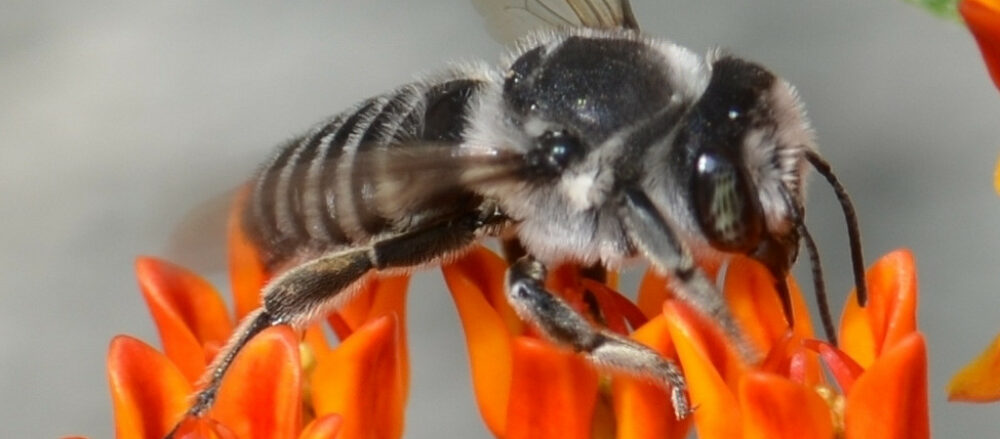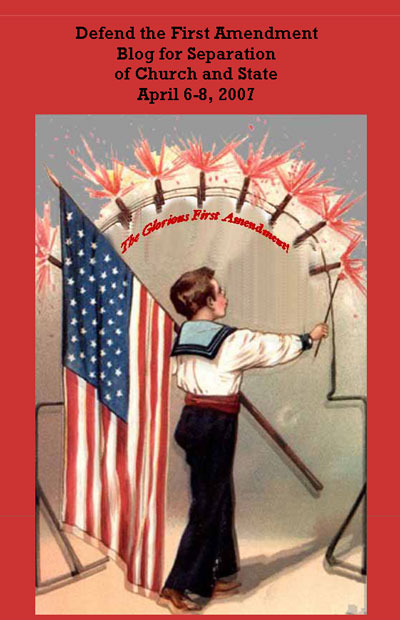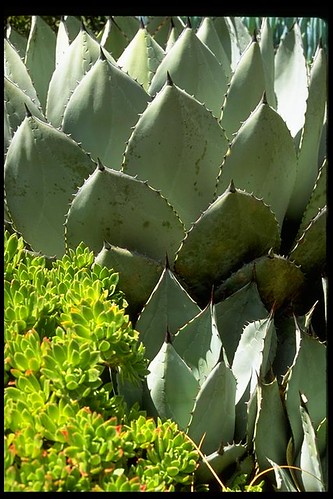Reproduction of a painting by Alexander Roslin in 1775. The original painting can be viewed at the Royal Science Academy of Sweden (Kungliga vetenskapsakademin).
Carolus Linnaeus, also known after his ennoblement as Carl von Linné, (May 23, 1707 – January 10, 1778), was a Swedish botanist, physician and zoologist who laid the foundations for the modern scheme of nomenclature. He is known as the “father of modern taxonomy.” He is also considered one of the fathers of modern ecology (see History of ecology).
Taxonomists, in almost any biological field, have heard of Carolus Linnaeus. His prime contribution was to establish conventions for the naming of living organisms that became universally accepted in the scientific world–the work of Linnaeus represents the starting point of binomial nomenclature. In addition Linnaeus developed, during the great 18th century expansion of natural history knowledge, what became known as the Linnaean taxonomy; the system of scientific classification now widely used in the biological sciences.
The Linnaean system classified nature within a hierarchy, starting with three kingdoms. Kingdoms were divided into Classes and they, in turn, into Orders, which were divided into Genera (singular: genus), which were divided into Species (singular: species). Below the rank of species he sometimes recognized taxa of a lower (unnamed) rank (for plants these are now called “varieties”).
… While the underlying details concerning what are considered to be scientifically valid ‘observable characteristics’ has changed with expanding knowledge (for example, DNA sequencing, unavailable in Linnaeus’ time, has proven to be a tool of considerable utility for classifying living organisms and establishing their relationships to each other), the fundamental principle remains sound.
Of course, any tool can be used against others.
Linnaeus was also a pioneer in defining the concept of race as applied to humans. Within Homo sapiens he proposed four taxa of a lower (unnamed) rank. These categories were Americanus, Asiaticus, Africanus and Europeanus. They were based on place of origin at first, and later on skin colour. Each race had certain characteristics that he considered endemic to individuals belonging to it. Native Americans were reddish, stubborn and easily angered. Africans were black, relaxed and negligent. Asians were sallow, avaricious and easily distracted. Europeans were white, gentle and inventive. Linnaeus’s races were clearly skewed in favour of Europeans. Over time, this classification led to a racial hierarchy, in which Europeans were at the top. Members of many European countries used the classification scheme to validate their conquering or subjugation of members of the “lower” races.










